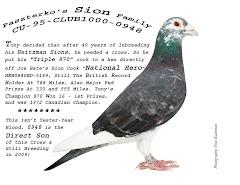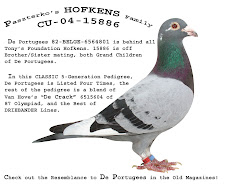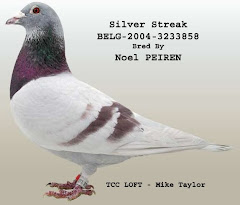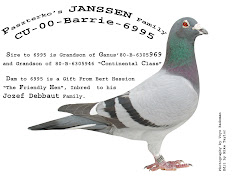How homing pigeons displaced into unfamiliar territory find their way home has been the subject of extensive experimentation and debate. One reason for the controversy is that pigeons seem to use multiple cues. Clock-shifting experiments show that experienced pigeons use the sun as a preferred compass; when it is not available they rely on magnetic cues.
That pigeons can home successfully while wearing frosted lenses suggests that landmarks, while not an essential navigational cue, are important in the final stages. The sensory basis of the “map” or position finding system is probably equally or even more complicated. When conditions around the loft are suitable, pigeons may use olfactory cues to find their way or might use some feature of the earth's magnetic field for their navigation.
The Wiltschkos (1989) showed that pigeons raised without free access to ambient odors are not disoriented when anosmic while their siblings raised with free access to the prevailing wind were disoriented. Similarly, sibling pigeons from two lofts in Lincoln, Massachusetts. were well oriented or totally disoriented when released at magnetic anomalies under sunny skies depending upon which of the two lofts they had been reared in.
All of these experiments and many more suggest that pigeons use multiple and redundant cues to find their way home. Further, there is the suggestion that which cues they adopt may well be influenced by the characteristics of the area around the home loft in which they were reared.
That pigeons can home successfully while wearing frosted lenses suggests that landmarks, while not an essential navigational cue, are important in the final stages. The sensory basis of the “map” or position finding system is probably equally or even more complicated. When conditions around the loft are suitable, pigeons may use olfactory cues to find their way or might use some feature of the earth's magnetic field for their navigation.
The Wiltschkos (1989) showed that pigeons raised without free access to ambient odors are not disoriented when anosmic while their siblings raised with free access to the prevailing wind were disoriented. Similarly, sibling pigeons from two lofts in Lincoln, Massachusetts. were well oriented or totally disoriented when released at magnetic anomalies under sunny skies depending upon which of the two lofts they had been reared in.
All of these experiments and many more suggest that pigeons use multiple and redundant cues to find their way home. Further, there is the suggestion that which cues they adopt may well be influenced by the characteristics of the area around the home loft in which they were reared.
read more about the experiment results, and the materials and methods used @
Charles Walcott
Author Affilations
Department of Neurobiology and Behavior, Seeley G. Mudd Hall, Cornell University, Ithaca, New York 14853-2702














